Late on the afternoon of November 4, the National Assembly's Economic Committee held its 20th plenary session to review the investment policy for the high-speed railway project on the North-South axis.
As planned, on the evening of November 6, the National Assembly Standing Committee will give its opinion, before submitting it to the National Assembly on November 13.
Strive to complete in 2035
Presenting the project report, Deputy Minister of Transport Nguyen Danh Huy said that the starting point of the line is in Hanoi (Ngoc Hoi station), the ending point is in Ho Chi Minh City (Thu Thiem station) with a total length of about 1,541 km. The project passes through 20 provinces and cities. The scale of investment is a new double-track railway, 1,435mm gauge, designed speed of 350km/h; construction of 23 passenger stations, 5 freight stations; high-speed railway for passenger transport, and can transport goods when necessary.
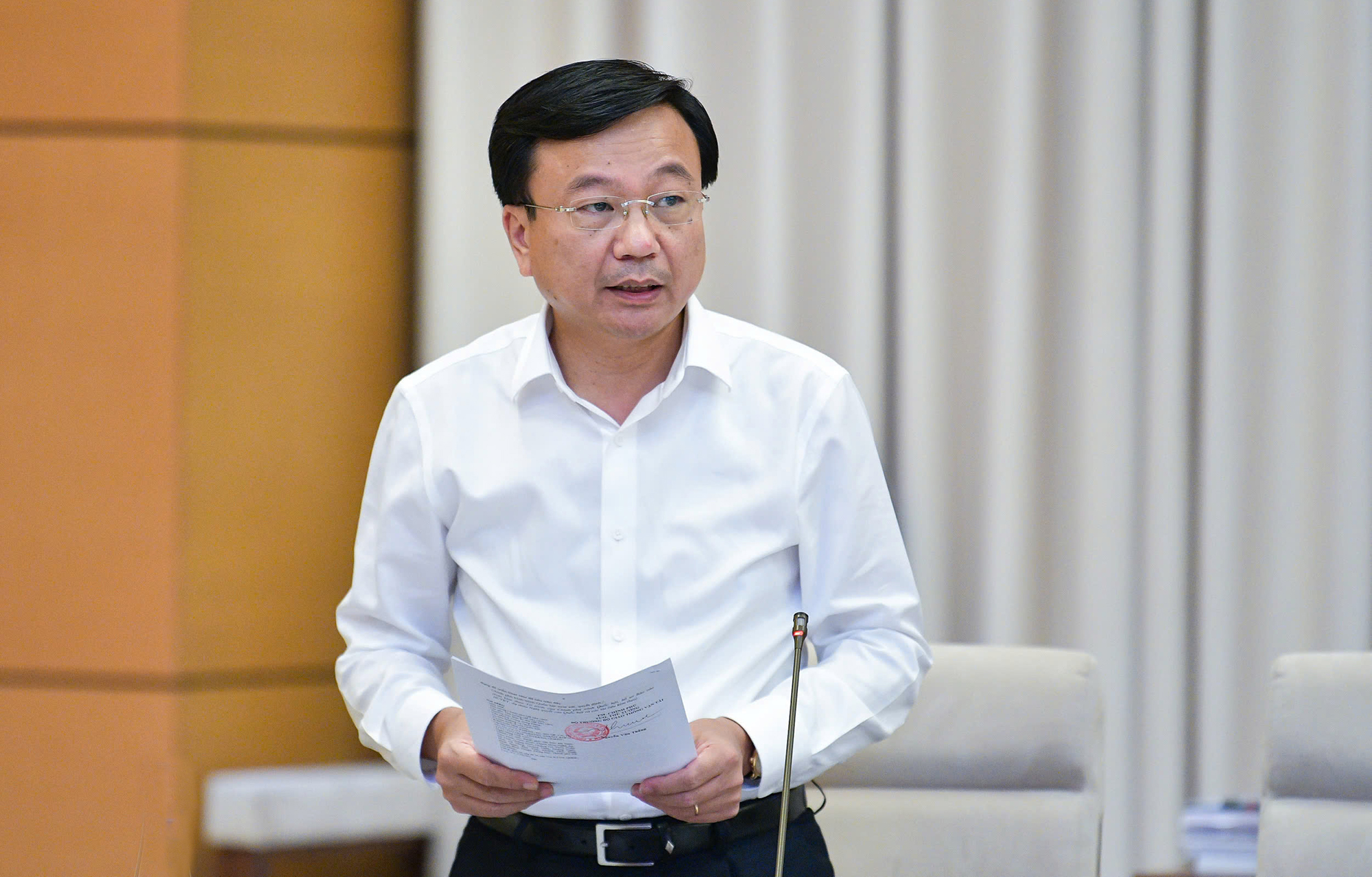
Deputy Minister of Transport Nguyen Danh Huy reported to clarify a number of issues raised by delegates at the 20th plenary session of the National Assembly's Economic Committee to examine the investment policy for the high-speed railway project on the North-South axis.
During the operation process, based on proposals from localities, the Prime Minister will decide to invest in additional station locations in urban areas with high transportation demand.
Preliminary land use demand is about 10,827ha. Investment form is public investment. Preliminary total investment is about 1,713,548 billion VND (equivalent to 67.34 billion USD). Capital from the central budget is arranged in medium-term periods, capital contributed by localities, mobilized capital with low cost and few constraints. During the construction and operation process, businesses will be called upon to invest in service and commercial areas at stations; invest in additional vehicles when needed.
Regarding the implementation progress, Deputy Minister Huy said that a pre-feasibility study report will be prepared in 2025-2026; construction will begin at the end of 2027; and the project will strive to basically complete the entire route by 2035. The Government also proposed that the project be subject to a number of specific mechanisms, policies and solutions for implementation.
Arranging 23 passenger stations is reasonable.
Speaking at the meeting, delegate Tran Van Tien, member of the Economic Committee, agreed that the arrangement of 23 passenger stations, each 70km apart, was appropriate. However, according to Mr. Tien, it is necessary to clarify where the 5 freight stations will be located. In addition, when adding stations in areas with high transport demand, it is necessary to clearly state whether the funding will come from the Government or the locality.
"Regarding the application of technical standards in the pre-feasibility study phase, at this stage, we do not have technical standards for high-speed railways, so the submission needs to clarify which technology to use," delegate Tien commented and said that financial efficiency should be clarified further.
Concerned about human resources, delegate Nguyen Truc Anh, member of the Economic Committee, said that this is a very important factor: "I suggest dividing it into steps: Training human resources, then building a research and transfer center to master technology, increase the localization rate; production, warranty, maintenance, and repair. Like China, they have sent 50,000 engineers for training in 10 years, prepared millions of components and a very high localization rate," Mr. Truc Anh expressed his opinion.
Risks should be forecasted for management.
Appreciating the urgency of the Ministry of Transport during the past time, delegate Tran Van Khai, Standing Member of the National Assembly's Committee on Science, Technology and Environment, acknowledged that this is an exceptionally large project, the first of its kind to be implemented in Vietnam, with requirements for potential and advanced technology.
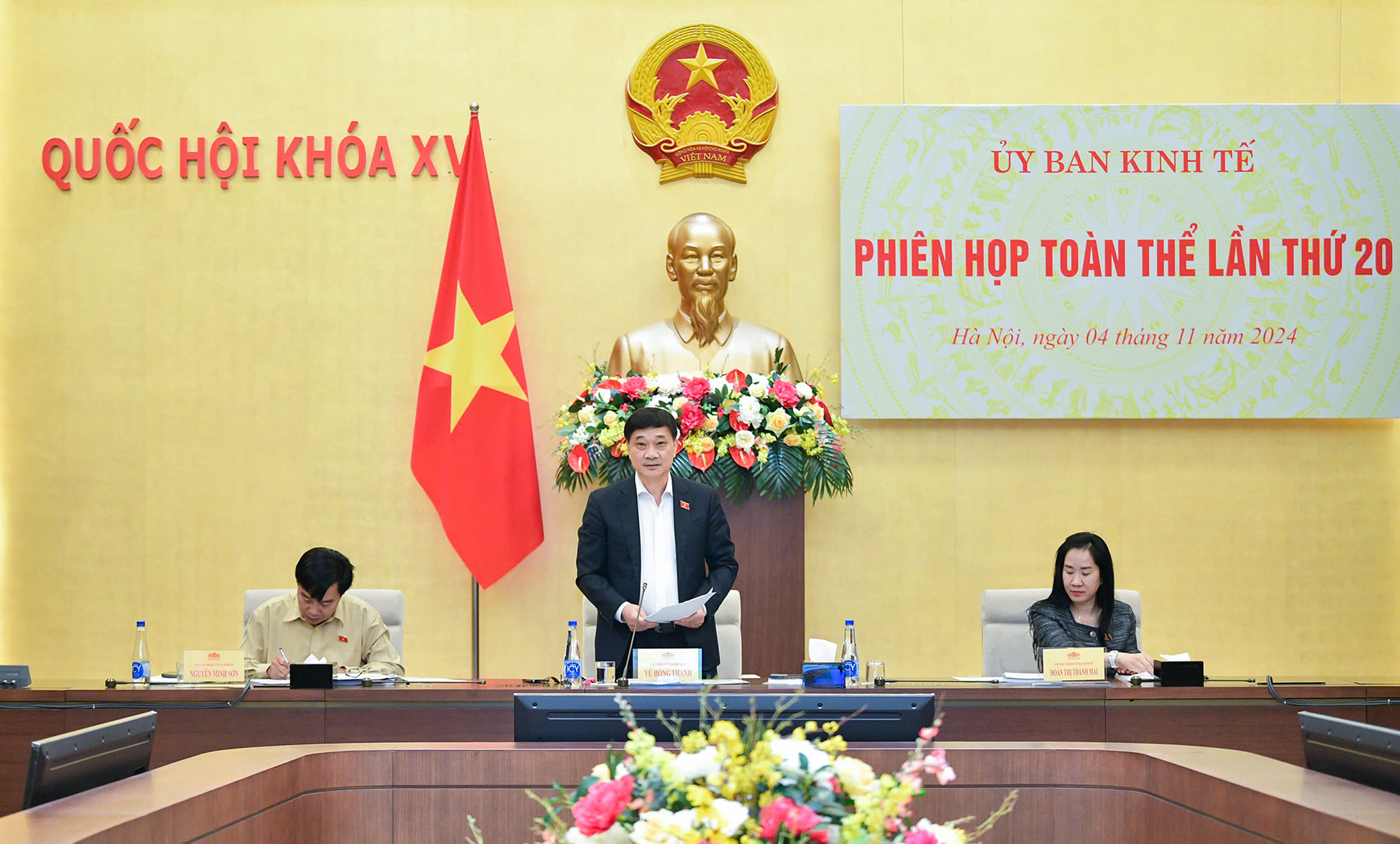
Chairman of the Economic Committee Vu Hong Thanh delivered a concluding speech at the meeting.
Delegates suggested that the Government continue to analyze and evaluate in more detail and thoroughly to ensure feasibility. "This is a public investment project, so in principle, the risks of the project must be pointed out. Pointing out risks is not a retreat but a calculation of ways to manage financial risks, implementation organization, and planning," said Mr. Khai.
In his concluding remarks, Chairman of the Economic Committee Vu Hong Thanh added some additional comments. Regarding speed, Mr. Thanh said that the delegates all agreed on 350km/h because if it was lower, it would not be in line with world trends.
Regarding functionality, the issue that needs to be discussed is whether to combine both passenger and cargo transport because combining the two methods will increase the total investment. In his personal opinion, Mr. Thanh thinks that passenger transport should be separated, and cargo transport should use existing waterways and railways, thereby making the financial plan more effective.
With some localities proposing to add more train stations, the drafting agency should consider ensuring there is one station every 50-70km.
Regarding the submitted documents, the delegate said that the Committee had studied them day and night and found them to be basically sufficient. However, according to him, the project documents submitted to the National Assembly still lacked a component of the proposal to convert the forest use purpose to another use purpose.
According to the Government's report dated October 19, the total land acquisition area of the project is 10,827 hectares, including 242.9 hectares of special-use forest, 652 hectares of protective forest, and 1,671 hectares of production forest. With such an area, the conversion of forest use purposes is under the authority of the National Assembly, so there needs to be a dossier for the National Assembly to study.
Regarding the related planning, the Government affirmed that it is consistent with the Party's policies, the national master plan, the railway network plan, and important national projects. However, the delegates suggested that the Government continue to review and clarify the land allocation for project implementation according to the regional and provincial planning of the central provinces/cities where the railway passes through as a basis for land recovery, land allocation, and permission for land use conversion.
Regarding the choice of technology and techniques, delegates basically agreed to choose rail technology. However, it is necessary to add analysis of adaptability during maintenance, ensure suitability in terms of geography and climate, and avoid excessive dependence on foreign countries.
Focus on site clearance
Agreeing with the design plan of 350km/h, delegate Nguyen Van Than, member of the Economic Committee, said that the project uses public investment capital so there should be no need to calculate when it will make a profit.
The point to note, according to Mr. Than, is the site clearance and implementation stages: "We must separate these two tasks, we cannot do the site clearance and implementation at the same time. Regarding resources, there are many sources. The first source is the Government issuing bonds. The second source is the sponsoring bank. If the Government guarantees, the banks will lend immediately."
Meanwhile, Mr. Nguyen Duc Trung, Chairman of Nghe An Provincial People's Committee said: "In the process of building the pre-feasibility study report, Nghe An province fully participated in giving opinions, we highly agree with the investment policy report that the Government submitted to the National Assembly".
According to Mr. Trung, this is a policy approved by the National Assembly, if it is too detailed, it will be very difficult to change later. "For example, regarding the use of forest land, especially special-use forests, future adjustments will be very complicated," Mr. Trung said and affirmed that the locality will seriously implement site clearance.
Research carefully, be receptive
Speaking to clarify the opinions of the delegates, Deputy Minister of Transport Nguyen Danh Huy said that this is a very large project, the project dossier has received the opinions of the National Assembly delegates, divided into many groups of issues. Along with that are 163 opinions of the Central Committee members at the recent 10th Central Conference.
"That's why the Ministry of Transport is very receptive. We take in as many opinions as possible, these are very enthusiastic opinions, there are issues that we have not fully anticipated," the Deputy Minister shared and said that developing the high-speed railway industry requires very careful research, and so does technology transfer.
He cited the fact that to produce a high-speed train assembled in China costs 1.8 times more than to buy it. In addition to purchasing technology, China also spends 2 billion USD each year (for 10 consecutive years) to develop the railway industry. International experts say that the market share must be over 10,000km to master the technology to ensure efficiency.
"However, in construction, we must move forward to master everything. There is a project to assign tasks, what the Ministry of Industry and Trade does, what the Ministry of Construction does... The project has mentioned the cost of training human resources to master. Besides, how to transfer machinery and equipment effectively has also been carefully calculated to avoid waste.
Currently, only 4 countries have developed a set of high-speed railway standards, the remaining countries all apply world standards. Currently, the Ministry of Transport does not orient any technology, this is to avoid us being dependent. We refer to some advanced standards such as European standards, because they are open," Deputy Minister Huy said.
According to the Deputy Minister, the consulting team will be mobilized from abroad, but services and goods that Vietnam can master must be used.
Need special mechanism to mobilize resources
Commenting on capital mobilization, Mr. Do Thanh Trung, Deputy Minister of Planning and Investment, said that the project will not only have public investment but also mobilize from other sources.
According to him, the need for infrastructure investment is huge, especially strategic infrastructure, requiring concentrated resources and efficiency. Therefore, it is understandable that there are concerns about investment capital.
Therefore, the Government has proposed to the National Assembly three new special mechanisms that can mobilize resources. If we only rely on public investment capital, it will certainly be difficult to balance.
Source: https://www.baogiaothong.vn/can-trong-cau-thi-khi-lam-duong-sat-toc-do-cao-192241105002419221.htm


![[Photo] Looking back at the impressive moments of the Vietnamese rescue team in Myanmar](https://vstatic.vietnam.vn/vietnam/resource/IMAGE/2025/4/11/5623ca902a934e19b604c718265249d0)


![[Photo] "Beauties" participate in the parade rehearsal at Bien Hoa airport](https://vstatic.vietnam.vn/vietnam/resource/IMAGE/2025/4/11/155502af3384431e918de0e2e585d13a)


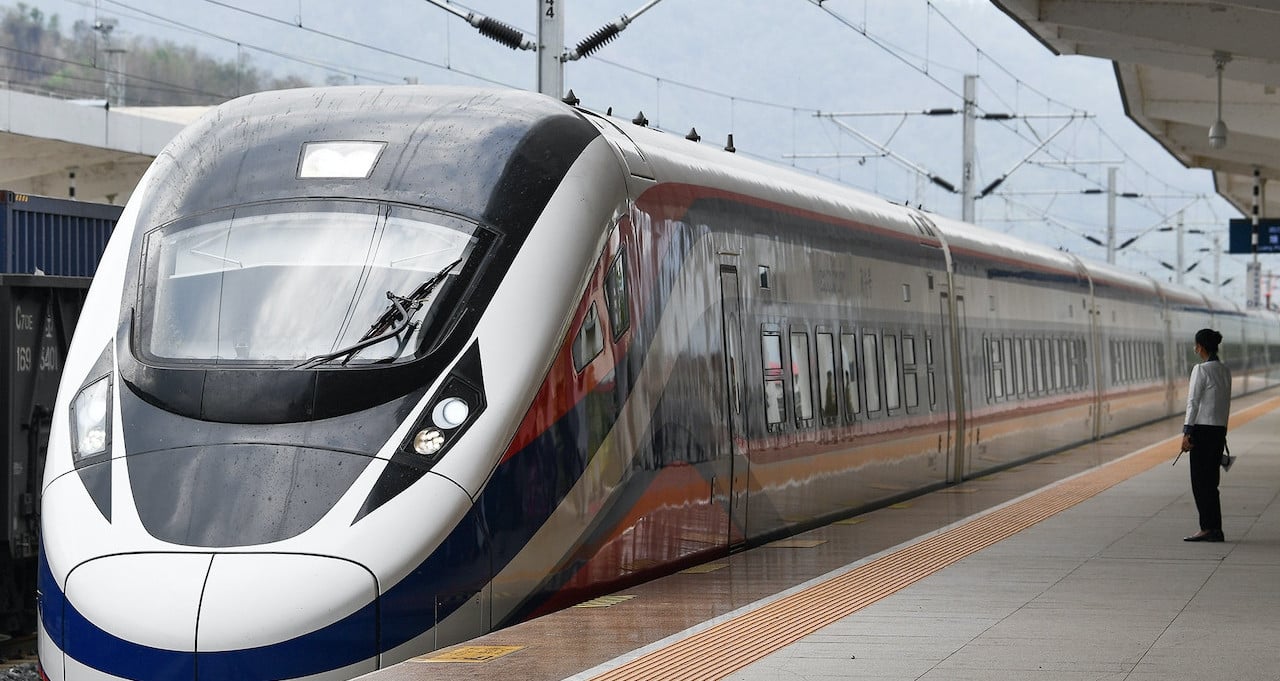

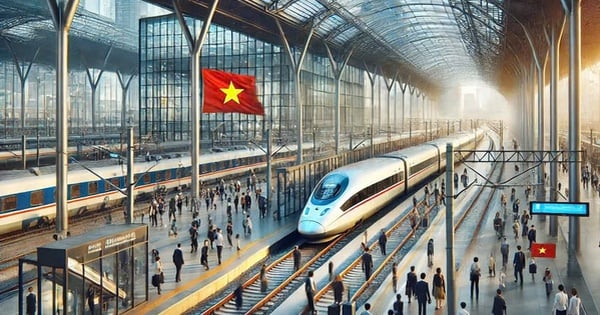
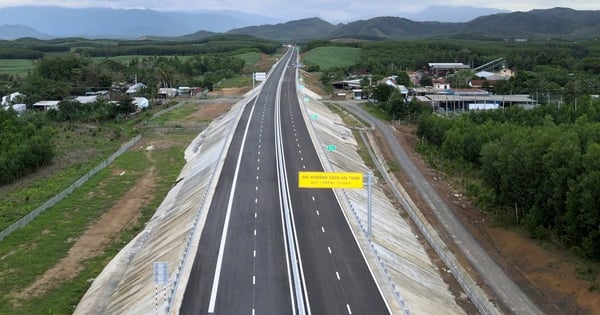
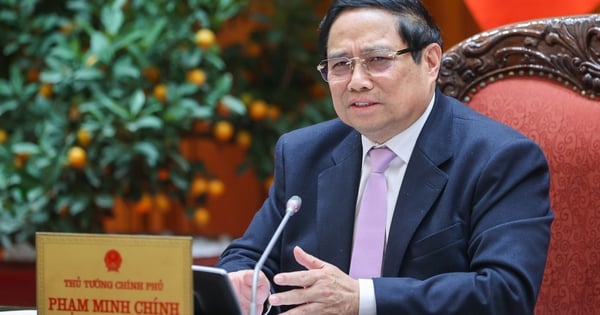
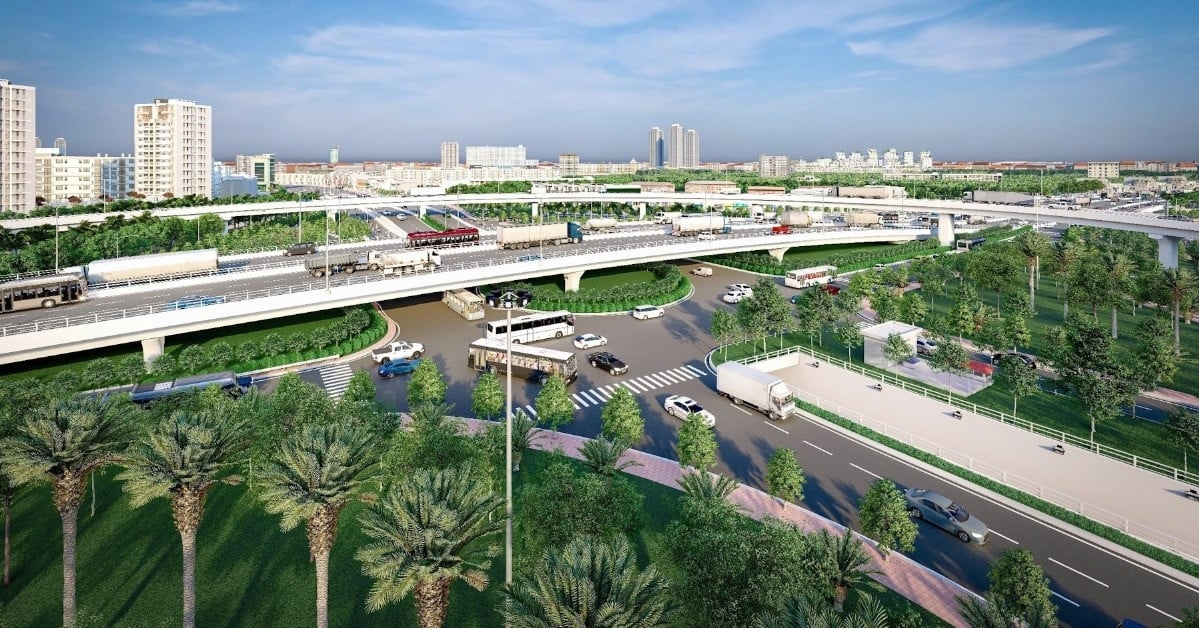
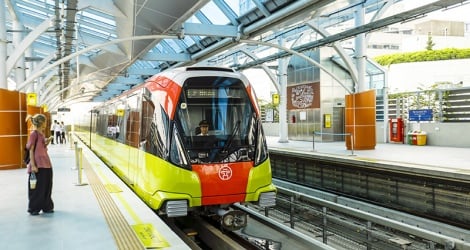

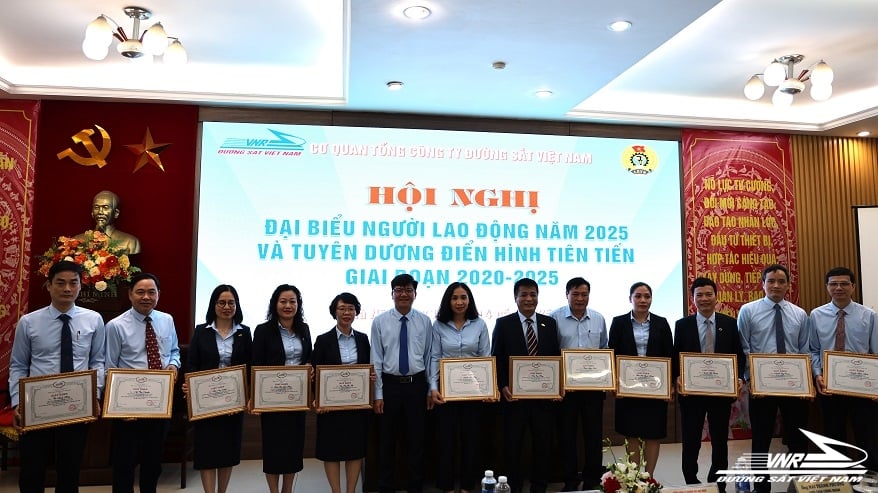
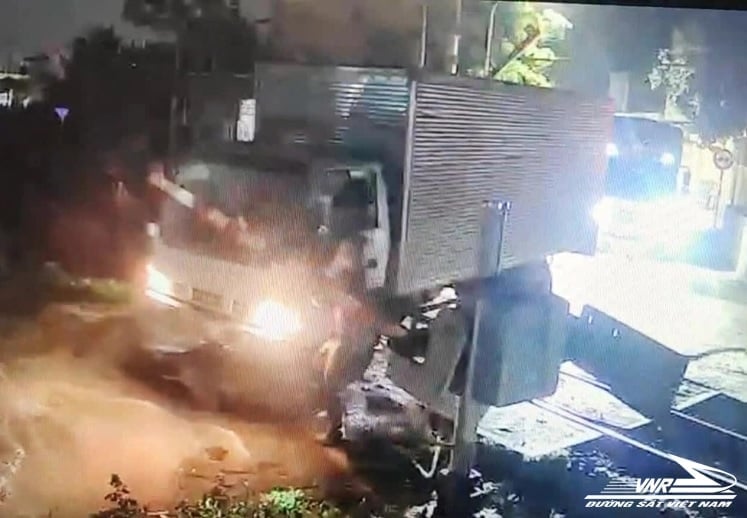

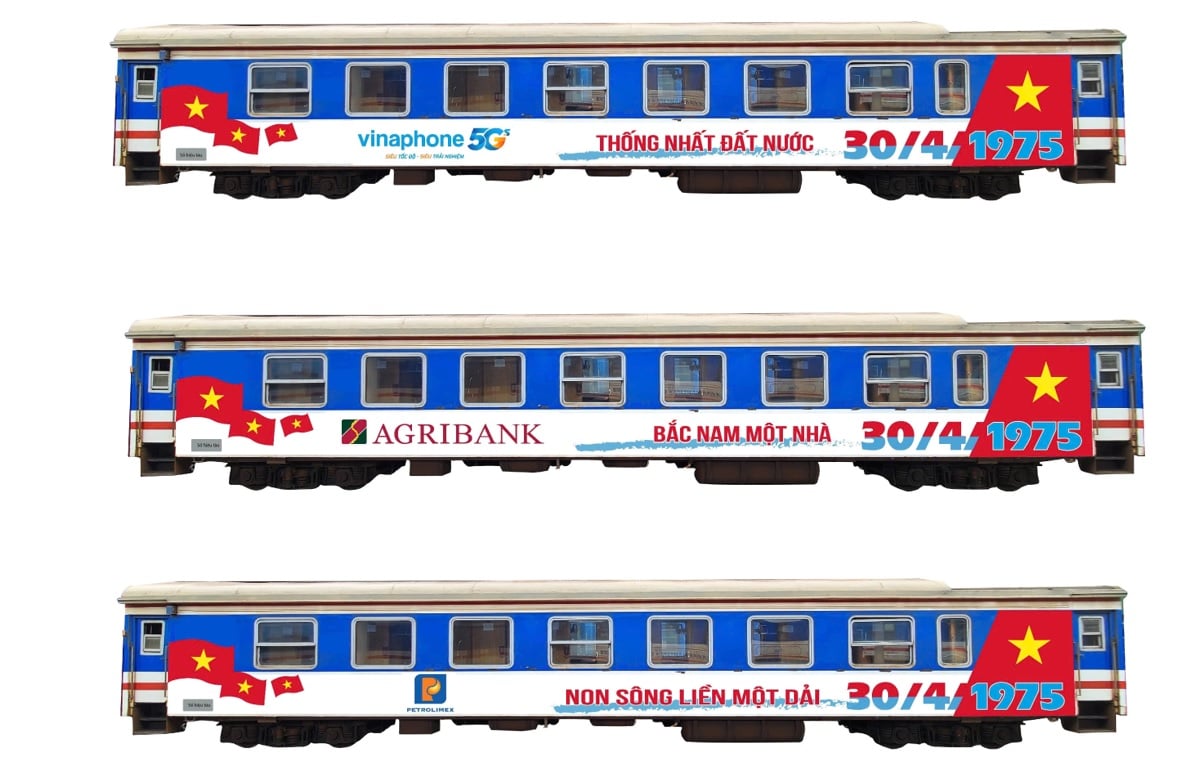

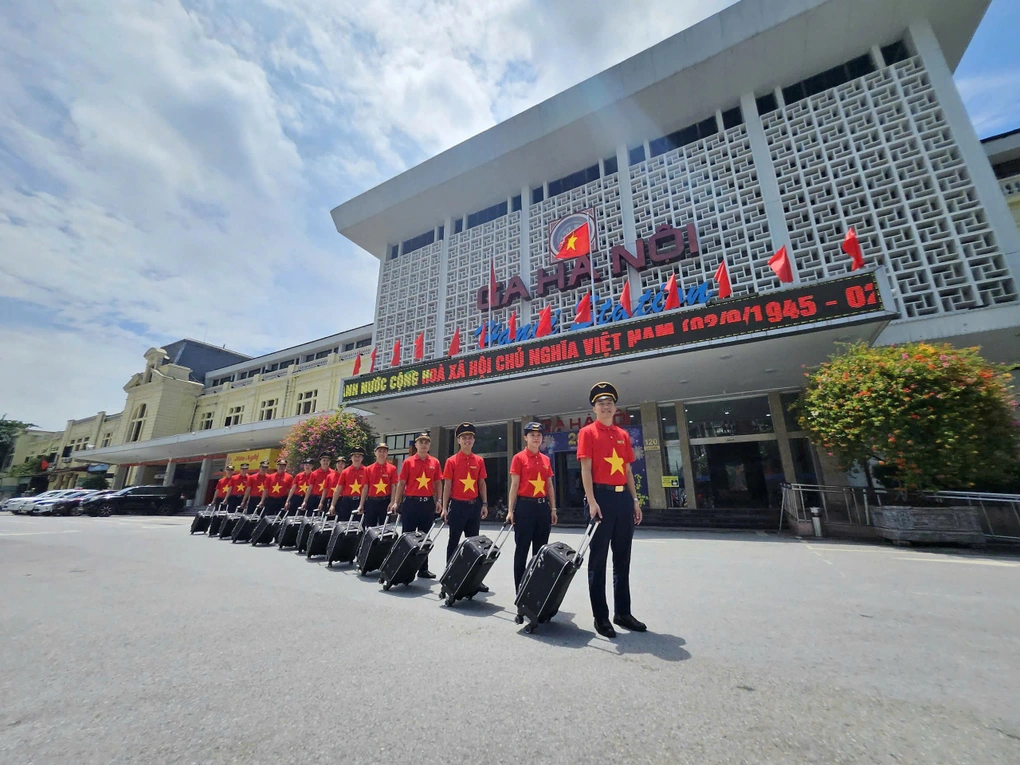








![[Photo] Summary of parade practice in preparation for the April 30th celebration](https://vstatic.vietnam.vn/vietnam/resource/IMAGE/2025/4/11/78cfee0f2cc045b387ff1a4362b5950f)










































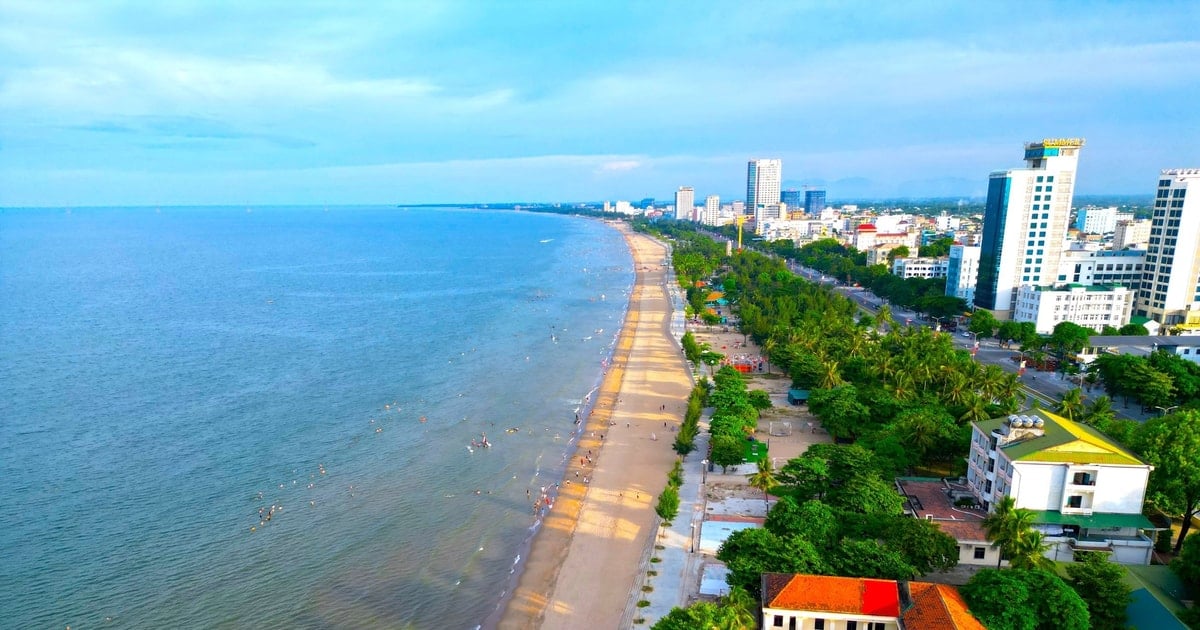

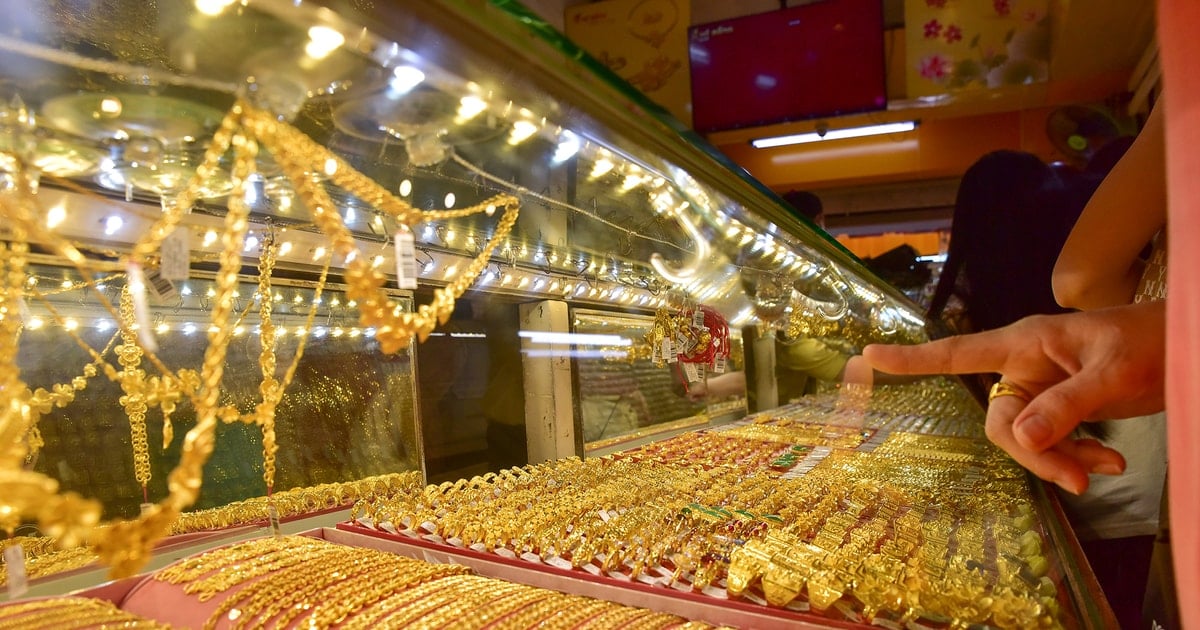

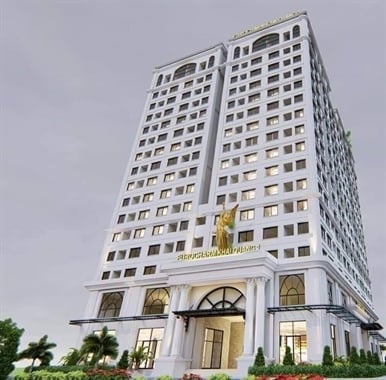
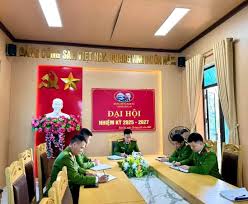
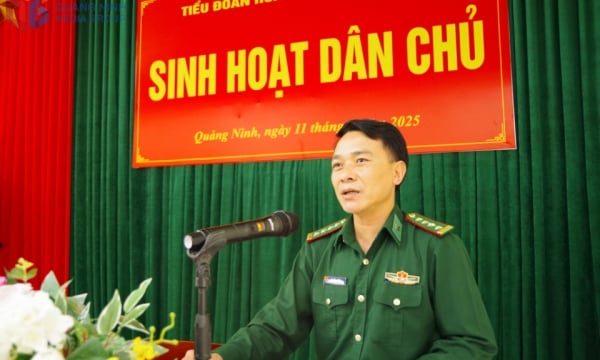











Comment (0)